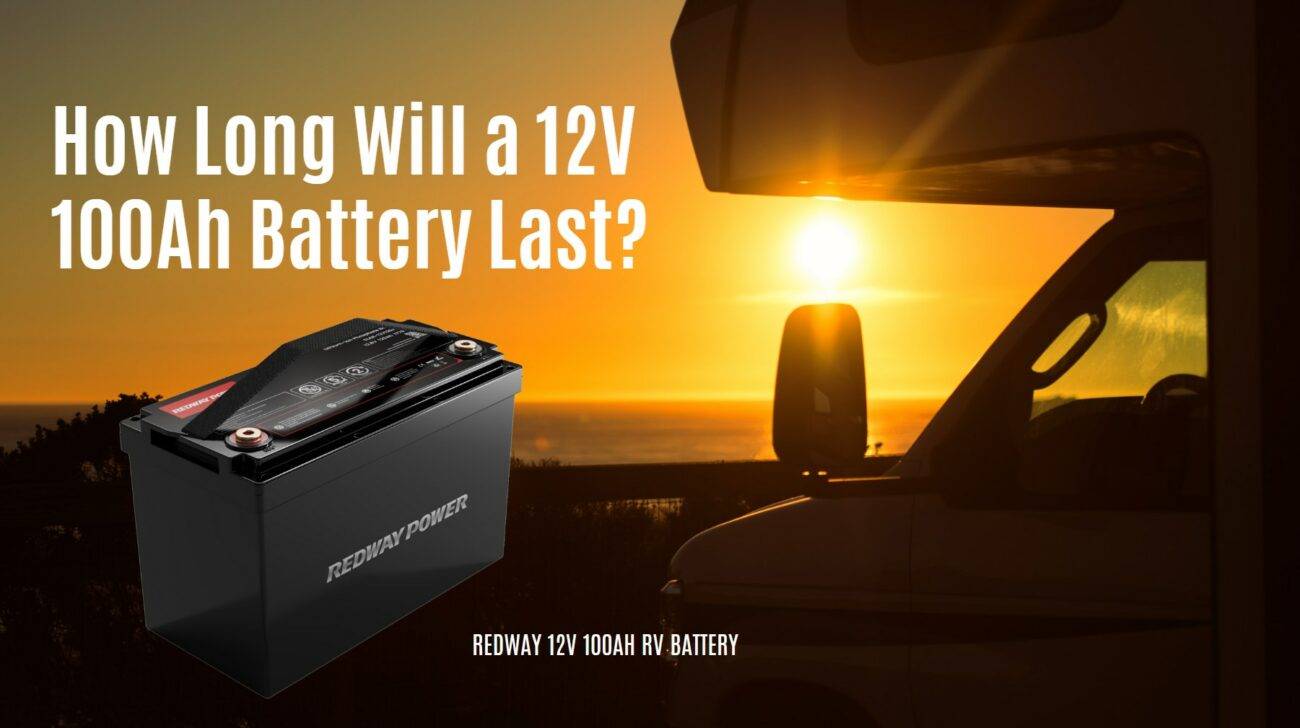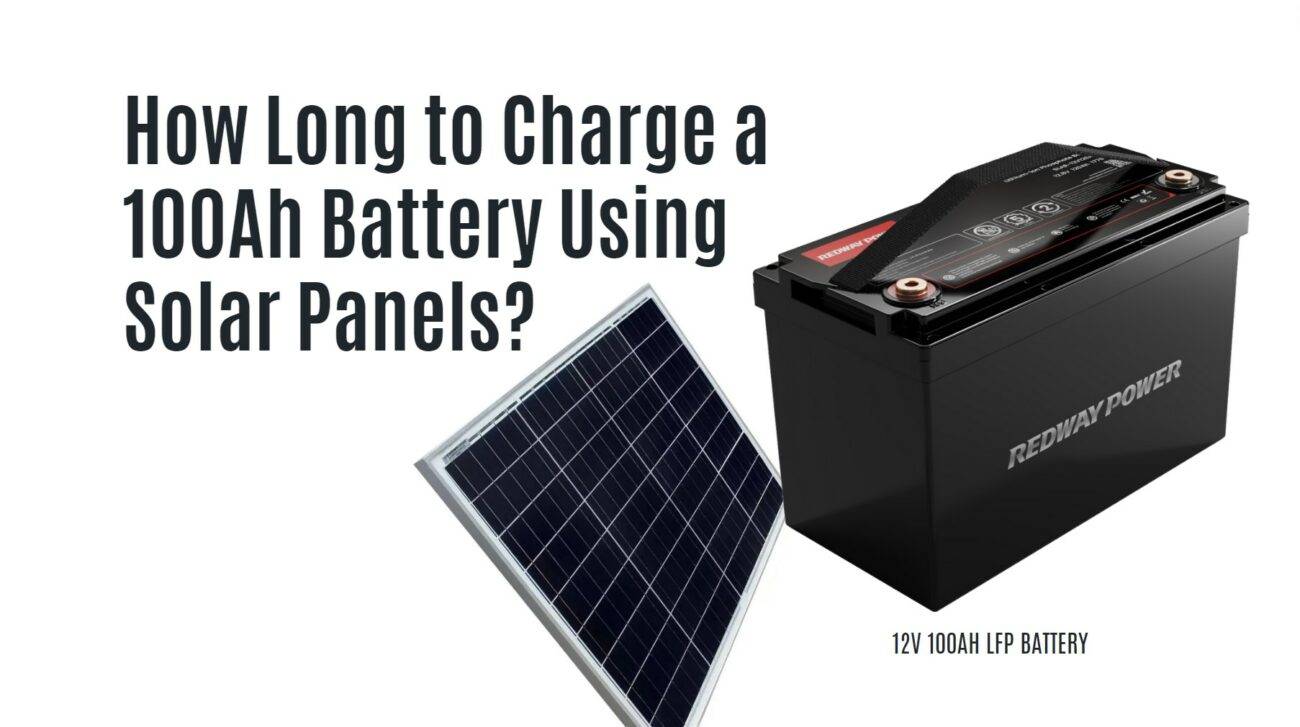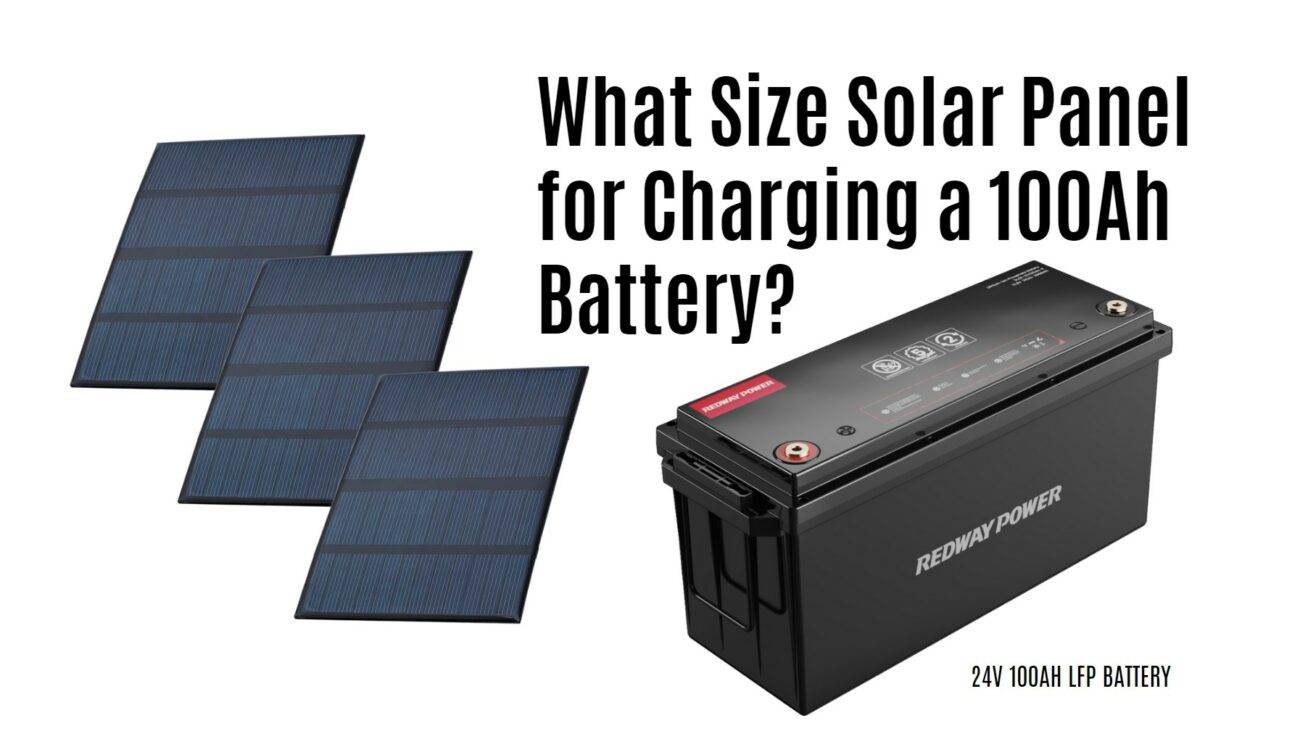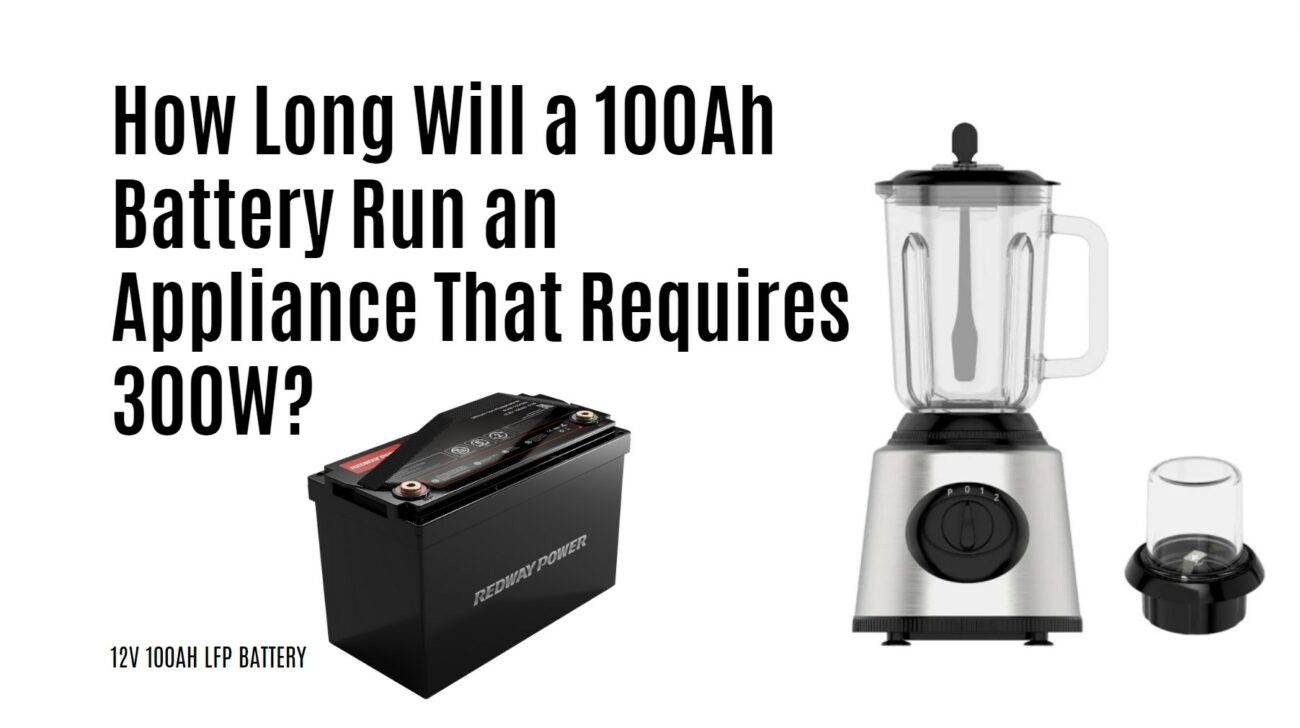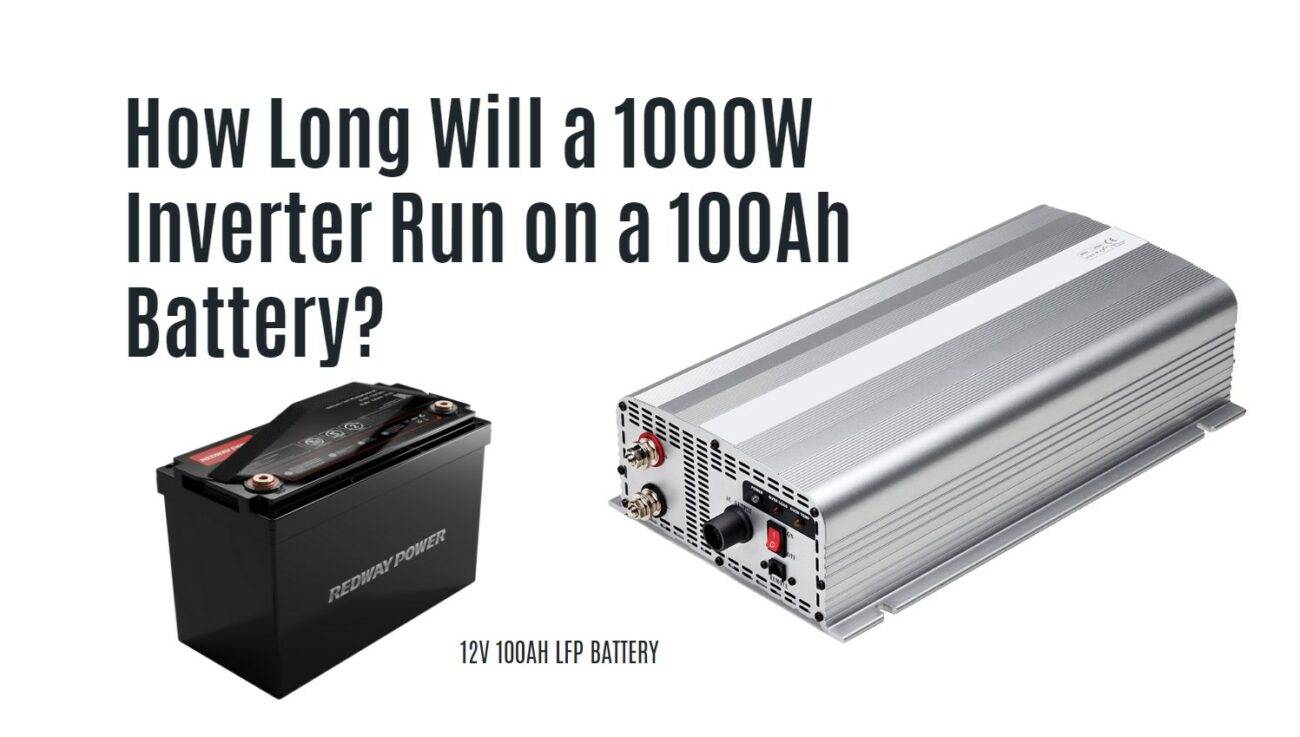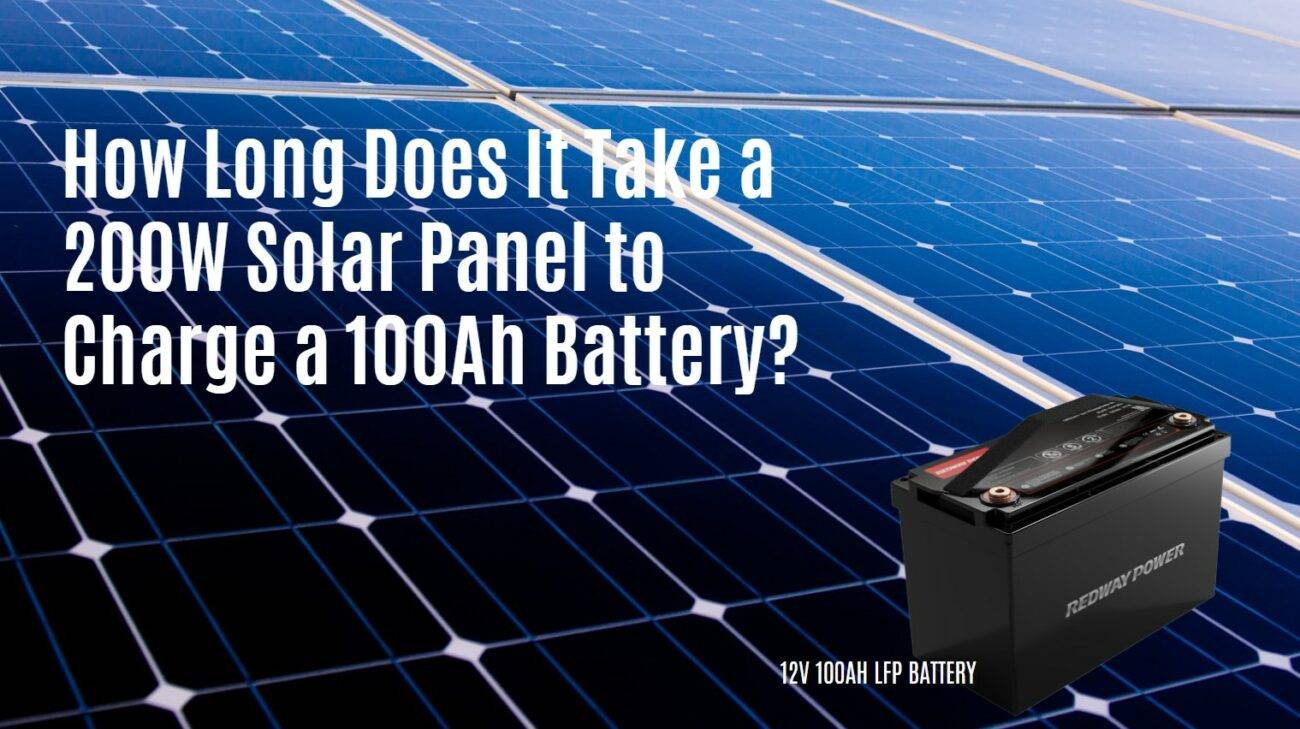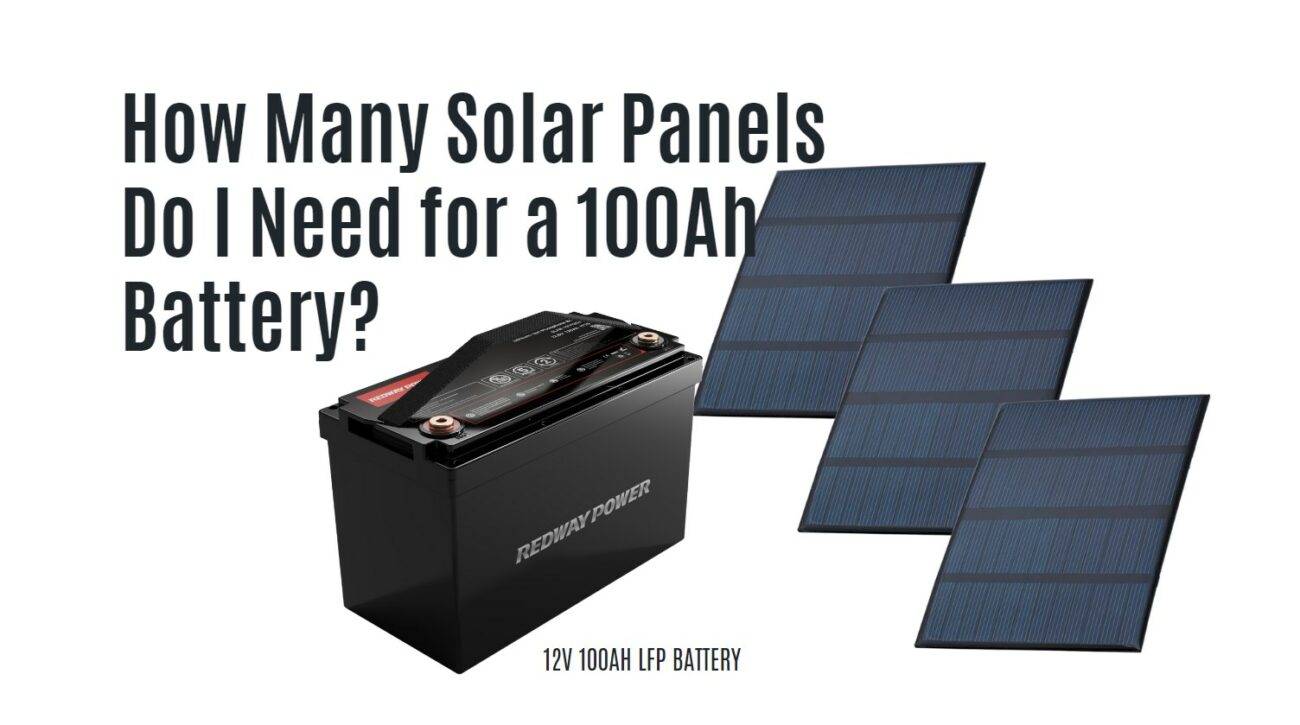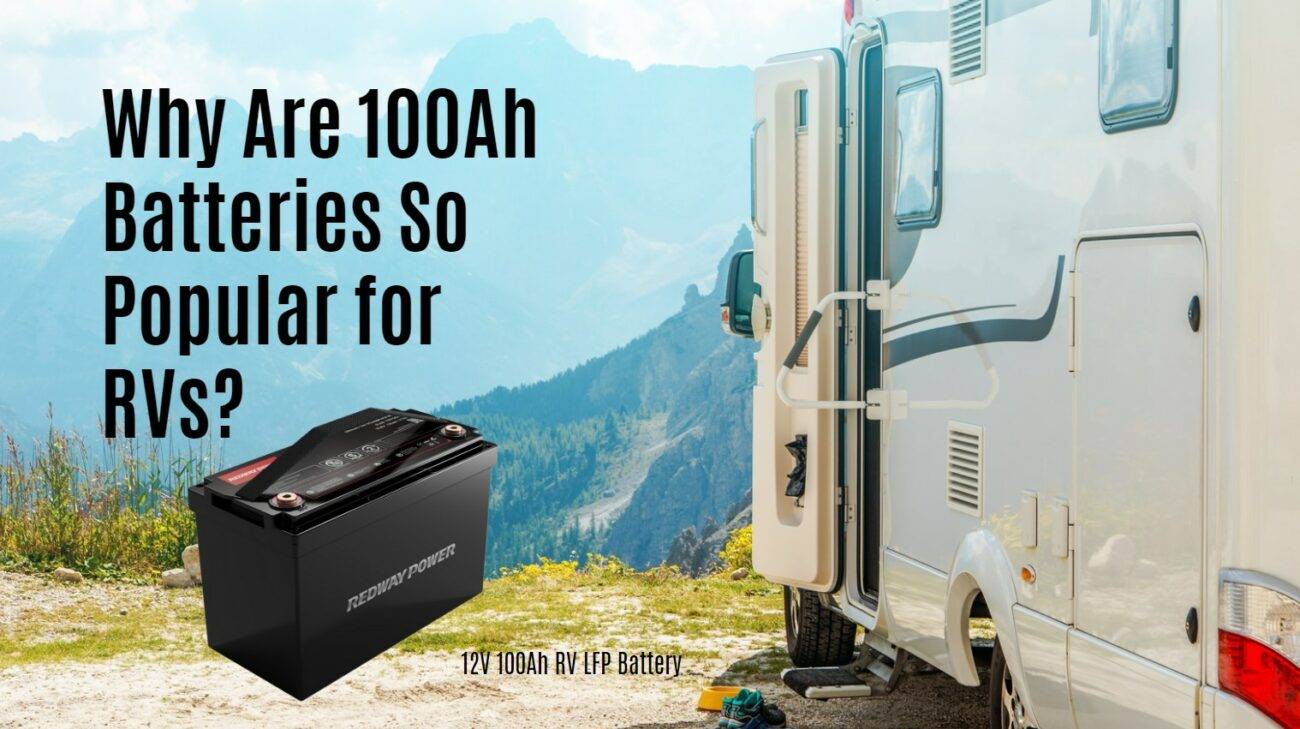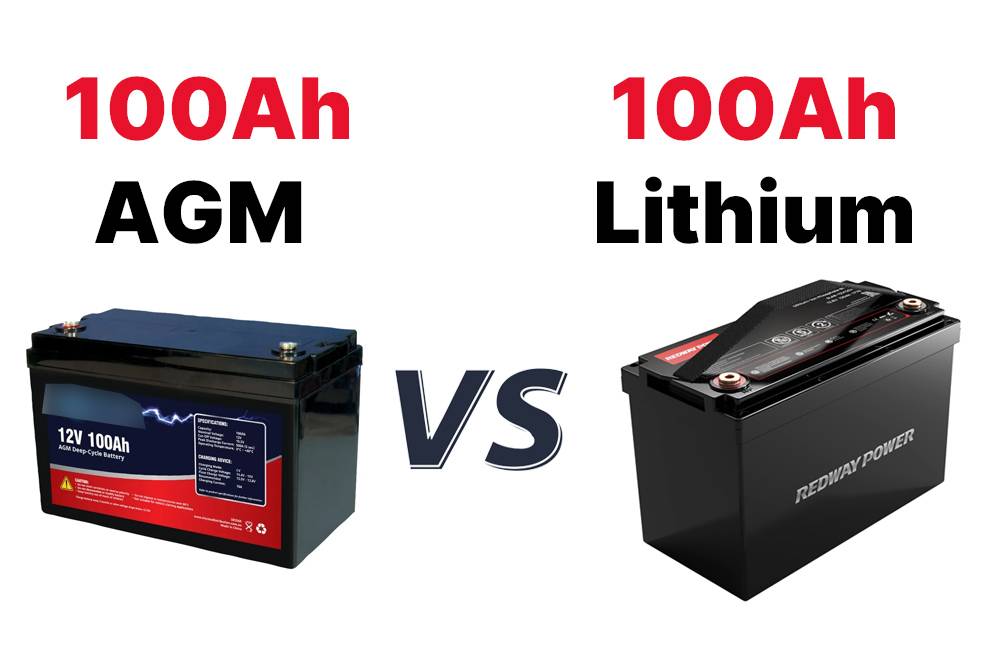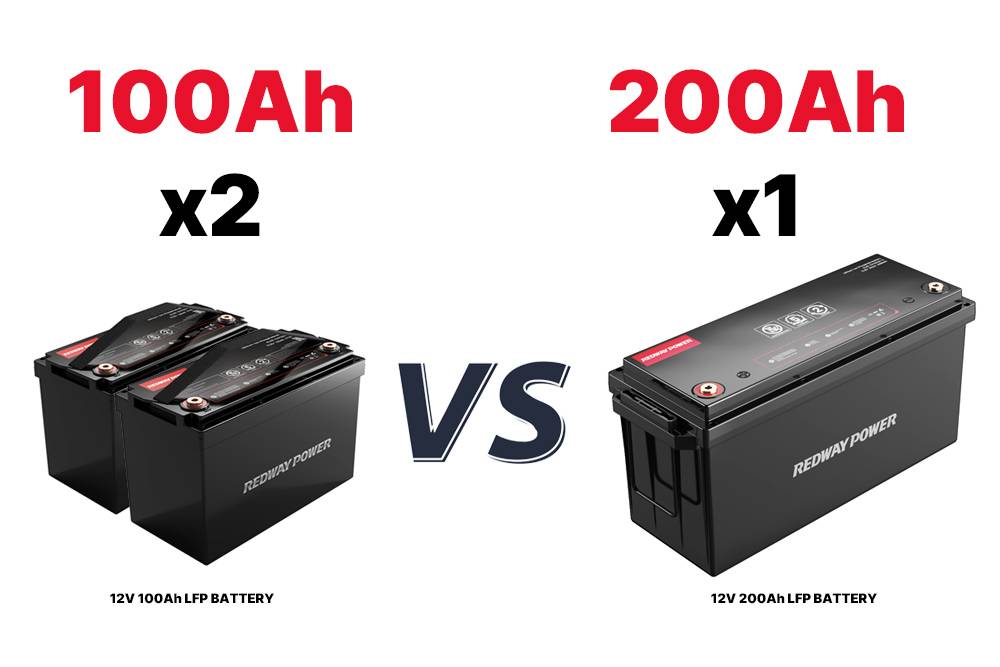- Forklift Lithium Battery
-
48V
- 48V 210Ah
- 48V 300Ah
- 48V 420Ah (949 x 349 x 569 mm)
- 48V 420Ah (950 x 421 x 450 mm)
- 48V 456Ah
- 48V 460Ah (830 x 630 x 590 mm)
- 48V 460Ah (950 x 421 x 450 mm)
- 48V 460Ah (800 x 630 x 600 mm)
- 48V 460Ah (820 x 660 x 470 mm)
- 48V 500Ah
- 48V 560Ah (810 x 630 x 600 mm)
- 48V 560Ah (950 x 592 x 450 mm)
- 48V 600Ah
- 48V 630Ah
-
48V
- Lithium Golf Cart Battery
- 12V Lithium Battery
12V 150Ah Lithium RV Battery
Bluetooth App | BCI Group 31
LiFePO4 Lithium
Discharge Temperature -20°C ~ 65°C
Fast Charger 14.6V 50A
Solar MPPT Charging - 24V Lithium Battery
- 36V Lithium Battery
- 48V Lithium Battery
-
48V LiFePO4 Battery
- 48V 50Ah
- 48V 50Ah (for Golf Carts)
- 48V 60Ah (8D)
- 48V 100Ah (8D)
- 48V 100Ah
- 48V 100Ah (Discharge 100A for Golf Carts)
- 48V 100Ah (Discharge 150A for Golf Carts)
- 48V 100Ah (Discharge 200A for Golf Carts)
- 48V 150Ah (for Golf Carts)
- 48V 160Ah (Discharge 100A for Golf Carts)
- 48V 160Ah (Discharge 160A for Golf Carts)
-
48V LiFePO4 Battery
- 60V Lithium Battery
-
60V LiFePO4 Battery
- 60V 20Ah
- 60V 30Ah
- 60V 50Ah
- 60V 50Ah (Small Size / Side Terminal)
- 60V 100Ah (for Electric Motocycle, Electric Scooter, LSV, AGV)
- 60V 100Ah (for Forklift, AGV, Electric Scooter, Sweeper)
- 60V 150Ah (E-Motocycle / E-Scooter / E-Tricycle / Tour LSV)
- 60V 200Ah (for Forklift, AGV, Electric Scooter, Sweeper)
-
60V LiFePO4 Battery
- 72V~96V Lithium Battery
- Rack-mounted Lithium Battery
- E-Bike Battery
- All-in-One Home-ESS
- Wall-mount Battery ESS
-
Home-ESS Lithium Battery PowerWall
- 24V 100Ah 2.4kWh PW24100-S PowerWall
- 48V 50Ah 2.4kWh PW4850-S PowerWall
- 48V 50Ah 2.56kWh PW5150-S PowerWall
- 48V 100Ah 5.12kWh PW51100-F PowerWall (IP65)
- 48V 100Ah 5.12kWh PW51100-S PowerWall
- 48V 100Ah 5.12kWh PW51100-H PowerWall
- 48V 200Ah 10kWh PW51200-H PowerWall
- 48V 300Ah 15kWh PW51300-H PowerWall
PowerWall 51.2V 100Ah LiFePO4 Lithium Battery
Highly popular in Asia and Eastern Europe.
CE Certification | Home-ESS -
Home-ESS Lithium Battery PowerWall
- Portable Power Stations
What Materials Make Up Solar Panels: A Comprehensive Guide

Solar panels are composed of various materials that work together to convert sunlight into electricity efficiently. Understanding these materials helps consumers make informed decisions about solar technology and its applications. This comprehensive guide explores the primary materials used in solar panels and their functions.
What Are the Main Materials Used in Solar Panels?
The primary materials used in solar panels include:
- Silicon: The most widely used material for solar cells, silicon is a semiconductor that converts sunlight into electricity.
- Glass: Typically used as a protective layer, glass allows sunlight to pass through while shielding the cells from environmental damage.
- Conductors: These include metals like silver and aluminum, which facilitate the flow of electricity generated by the solar cells.
- Backsheet: This layer protects the back of the solar panel and provides insulation.
Chart: Main Materials Used in Solar Panels
| Material | Function |
|---|---|
| Silicon | Converts sunlight into electricity |
| Glass | Protects cells and allows sunlight to enter |
| Conductors | Facilitates electrical flow |
| Backsheet | Insulates and protects the back of the panel |
How Do Silicon Solar Cells Work?
Silicon solar cells operate based on the photovoltaic effect:
- Absorption of Sunlight: When sunlight hits the silicon cells, photons transfer energy to electrons.
- Electron Movement: This energy causes electrons to break free from their atoms, creating electron-hole pairs.
- Electric Current Generation: The movement of these free electrons generates an electric current, which can be harnessed for power.
Chart: Process of Silicon Solar Cell Operation
| Step | Description |
|---|---|
| Absorption | Sunlight hits silicon, energizing electrons |
| Electron Movement | Electrons break free, creating electron-hole pairs |
| Current Generation | Movement generates electric current |
Why Is Glass Important in Solar Panel Construction?
Glass plays a critical role in solar panel construction:
- Protection: It shields sensitive components from weather elements such as rain, hail, and debris.
- Light Transmission: High-quality glass allows maximum light transmission while minimizing reflection losses.
- Durability: Tempered glass is used to enhance strength and resistance to impact.
Chart: Importance of Glass in Solar Panels
| Function | Description |
|---|---|
| Protection | Shields components from environmental damage |
| Light Transmission | Allows maximum sunlight to reach cells |
| Durability | Provides strength and impact resistance |
What Role Do Conductors Play in Solar Panels?
Conductors are essential for efficient operation:
- Electrical Flow: Conductors like silver and aluminum carry the electric current generated by silicon cells.
- Interconnection: They connect individual solar cells within a panel to form a complete circuit.
- Minimizing Losses: High-quality conductors reduce resistive losses, ensuring more electricity reaches the inverter.
Chart: Role of Conductors
| Role | Description |
|---|---|
| Electrical Flow | Carries current generated by solar cells |
| Interconnection | Connects individual cells |
| Minimizing Losses | Reduces resistive losses |
How Do Backsheets Contribute to Solar Panel Efficiency?
Backsheets are crucial for overall panel performance:
- Insulation: They provide thermal insulation, protecting against heat loss.
- Moisture Barrier: Backsheets prevent moisture ingress, which can damage internal components.
- Durability: They enhance structural integrity, allowing panels to withstand environmental stress.
Chart: Contribution of Backsheets
| Function | Description |
|---|---|
| Insulation | Protects against heat loss |
| Moisture Barrier | Prevents moisture damage |
| Durability | Enhances structural integrity |
Industrial News
Recent advancements in solar panel technology have focused on improving material efficiency and sustainability. Innovations such as bifacial panels that capture sunlight from both sides are gaining traction, while manufacturers are exploring eco-friendly materials to reduce environmental impact during production. These developments aim to enhance energy output while minimizing carbon footprints.
Expert Insight
“Understanding the materials that make up solar panels is crucial for evaluating their efficiency and longevity,” says Dr. Emily Carter, an expert in renewable energy technologies. “As technology evolves, we can expect even more innovative materials that will further improve performance.”
FAQ Section
What is the most common material used in solar panels?
Silicon is the most widely used material due to its excellent semiconductor properties.How does glass affect solar panel efficiency?
Glass protects solar cells while allowing maximum light transmission, which is essential for energy conversion.What is a backsheet in a solar panel?
The backsheet is a protective layer that insulates and shields the back of the solar panel from moisture and environmental damage.
How big of a battery do I need for a 1000 watt inverter?
To determine the size of the battery needed for a 1000 watt inverter, use the following formula: Battery capacity (Ah) = (inverter wattage × usage time) / (battery voltage × inverter efficiency). Consider the power requirements, inverter efficiency, desired usage time, and battery voltage. For example, with a 1000 watt inverter, 90% efficiency, a 12V battery system, and a desired usage time of 2 hours, the estimated battery capacity needed is approximately 185 Ah. Remember to consult professionals or manufacturers for specific recommendations tailored to your situation.
What size inverter can I run off a 100Ah battery?
What size inverter can I run off a 100Ah battery? The size of the inverter needed for a 100Ah battery depends on factors such as power usage and the type of appliances you want to run. For appliances with low power usage like laptops, lights, and small fridges, a 500W inverter should suffice. However, if you plan to run appliances like a proper fridge, an air conditioner, a coffee machine, or an electric kettle, you’ll likely need 1500 to 2000 watts of inverter power. It’s important to consider ratings such as continuous power, surge power, input voltage, and output waveform when choosing an inverter. The continuous power rating should be greater than your maximum power usage, while the surge power rating should be greater than the surge wattage of your appliances. The input voltage of the inverter should match the voltage of your battery, and the output waveform should be suitable for your appliances. By considering these factors, you can find the right size inverter for your 100Ah battery.
How long does a 1000W power inverter last?
A 1000W power inverter can last for 5 to 10 years under normal usage conditions. Factors such as brand, quality, usage environment, and maintenance play a significant role in determining its lifespan. Regular maintenance, including cleaning the fan and heat sink, checking cables and connectors, and ensuring proper ventilation, is essential. However, frequent overloading or usage in harsh environments may shorten the inverter’s lifespan. To maximize the lifespan of your 1000W power inverter, choose a high-quality brand, follow proper maintenance procedures, and provide a suitable operating environment.
How much can I run off a 1000W inverter?
A 1000W inverter can power a wide range of household equipment, such as panel televisions, computers, coffee makers, toasters, refrigerators, and gaming devices. It’s crucial to ensure that the combined wattage of all the appliances does not exceed 1000W to prevent overloading the inverter and potentially damaging it. Remember to consider the power consumption of each appliance and distribute the load accordingly. It’s always a good idea to consult the manufacturer’s specifications and guidelines to ensure safe and efficient usage of your 1000W inverter.
-
How long does a 100Ah battery last with a 1000W inverter?
- With a 100Ah battery and a 1000W inverter, you can expect the battery to last for approximately an hour and a half before it is drained.
-
What factors affect the duration a 100Ah battery lasts with a 1000W inverter?
- Battery capacity, inverter efficiency, power consumption of devices, and battery health are some of the factors that can impact the duration a 100Ah battery lasts with a 1000W inverter.














